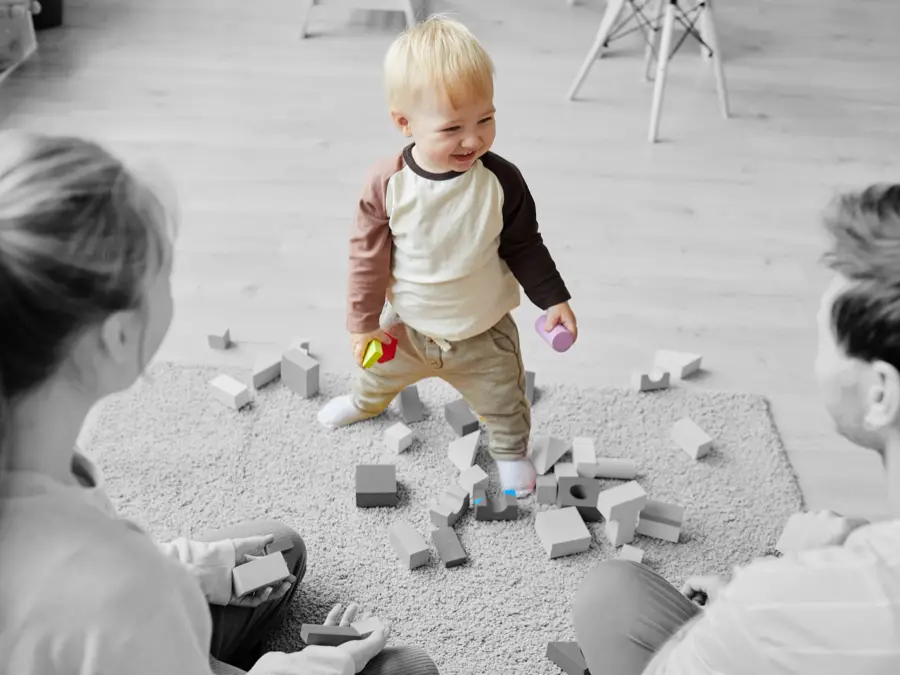Parenting a child with autism can present unique challenges, but it is also a journey filled with love, growth, and countless opportunities for connection. As parents, we play a pivotal role in shaping the development of our children, and for parents of children with autism, it becomes even more important to equip ourselves with effective strategies. One such approach, Applied Behavior Analysis (ABA), has proven to be highly effective in supporting the growth and development of children with autism. While traditionally associated with therapy sessions, ABA principles can also be seamlessly integrated into day-to-day interactions with our children, creating a positive environment that nurtures their growth and fosters meaningful connections. In this article, we will explore practical ways in which parents can incorporate ABA principles into their daily routines, promoting social skills, communication, and overall well-being in their child with autism. By understanding and applying ABA principles, we can unlock the transformative power of positive parenting and create a nurturing environment that empowers our children to reach their fullest potential.
ABA Training for Parents | Examples for Parents on How to Apply ABA at Home
- Scenario: Getting dressed in the morning
- Break down the task of getting dressed into smaller steps and use prompting to help the child complete each step. For example:
- Gather clothes and lay them out in a specific order
- Put on underwear
- Put on shirt
- Put on pants
- Put on socks
- Put on shoes
- ABA Training for Parents | Using prompts
- Physical prompting: physically guide the child through each step
- Verbal prompting:prompt the child to put on their shirt by holding it out and saying, “Put your arm through here.”
- provide verbal cues to remind the child what to do next
ABA Training for Parents
- Use Reinforcement techniques:
- Verbal praise: “Great job putting on your shirt!”
- Tangible reinforcement: provide a small toy or treat after completing the task
- Social reinforcement: give a high-five or hug after completing the task
- Provide praise and reinforcement when the child successfully completes each step.
- Scenario: Transitioning between activities
- Use a visual schedule to help the child understand what will happen next and reduce anxiety about transitions. Provide a warning before the transition, such as “In five minutes we will be cleaning up and moving on to the next activity.”
- Breaking down the tasks:
- Create a visual schedule with pictures of each activity
- Provide a warning before each transition
- Use a timer to help the child understand how much time is left for each activity
- Using prompts:
- Verbal prompting: provide verbal cues to remind the child what to do next
- Gestural prompting: use hand signals to indicate what the child should do next
- Reinforcement techniques:
- Verbal praise: “Great job transitioning to the next activity!”
- Tangible reinforcement: provide a small toy or treat after completing the transition
- Social reinforcement: give a high-five or hug after completing the transition
- Scenario: Playing with toys
- Use reinforcement to encourage appropriate play, such as playing with toys in an appropriate way or sharing toys with others. Provide praise and reinforcement when the child engages in appropriate play behaviors.
- Breaking down the task:
- Teach appropriate play behaviors, such as sharing and taking turns
- Use reinforcement to encourage appropriate play behaviors
- Redirect inappropriate play behaviors
- Using prompts:
- Verbal prompting: provide verbal cues to remind the child what to do next
- Modelling: demonstrate appropriate play behaviours for the child to imitate
- Examples of reinforcement techniques:
- Verbal praise: “Great job sharing your toys!”
- Tangible reinforcement: provide a small toy or treat after engaging in appropriate play behaviours
- Social reinforcement: give a high-five or hug after engaging in appropriate play behaviors
- Scenario: Communicating wants and needs
- ABA Therapist: Use prompting and reinforcement to help the child communicate their wants and needs, such as by using a picture exchange system or sign language. Provide praise and reinforcement when the child successfully communicates their wants and needs.
- Breaking down the task:
- Teach simple signs or use a picture exchange system
- Use reinforcement to encourage appropriate communication
- Prompt the child to use appropriate communication
- Using prompts:
- Verbal prompting: provide verbal cues to remind the child what to do next
- Physical prompting: physically guide the child through the appropriate communication
- Examples of reinforcement techniques:
- Verbal praise: “Great job telling me what you want!”
- Tangible reinforcement: provide a small toy or treat after using appropriate communication
- Social reinforcement: give a high-five or hug after using appropriate communication
- Scenario: Mealtime
Use reinforcement to encourage appropriate mealtime behaviors, such as trying new foods or using utensils appropriately. Provide praise and reinforcement when the child engages in appropriate mealtime behaviors.
- Breaking down the task:
- Teach appropriate mealtime behaviors, such as using utensils and trying new foods
- Use reinforcement to encourage appropriate mealtime behaviors
- Provide choices for the child to increase engagement
- Using prompts:
- Verbal prompting: provide verbal cues to remind the child what to do next
- Modeling: demonstrate appropriate mealtime behaviors for the child to imitate
- Examples of reinforcement techniques:
- Verbal praise: “Great job using your utensils!”
- Tangible reinforcement: provide a small toy or treat after engaging in appropriate mealtime behaviors
- Social reinforcement: give a high-five or hug after engaging in appropriate mealtime behaviors
- More related articles:



